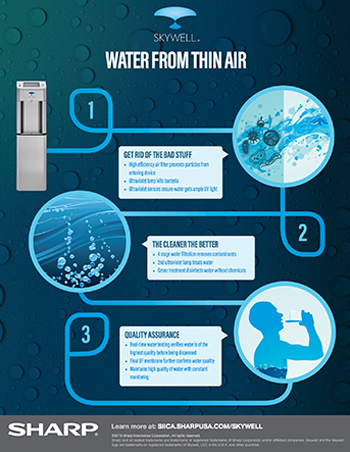The Future Of Home Heating - Just How Heatpump Technology Is Developing
The Future Of Home Heating - Just How Heatpump Technology Is Developing
Blog Article
Content By-Fraser Ringgaard
Heat pumps will be a vital modern technology for decarbonising heating. In a scenario regular with federal governments' revealed power and environment dedications, their international ability doubles by 2030, while their share in heating rises to one-quarter.
They work best in well-insulated homes and depend on electricity, which can be provided from a sustainable power grid. Technological developments are making them extra efficient, smarter and cheaper.
Gas Cells
Heatpump use a compressor, cooling agent, coils and fans to move the air and warmth in homes and devices. They can be powered by solar power or electrical power from the grid. They have been getting popularity as a result of their affordable, silent procedure and the capacity to create power during peak power need.
Some business, like IdaTech and BG MicroGen, are dealing with fuel cells for home heating. These microgenerators can replace a gas central heating boiler and create some of a residence's electrical requirements with a connection to the electrical power grid for the rest.
Yet there are reasons to be skeptical of using hydrogen for home heating, Rosenow states. It would certainly be costly and inefficient compared to other modern technologies, and it would contribute to carbon discharges.
Smart and Connected Technologies
Smart home modern technology enables house owners to connect and manage their devices remotely with making use of smart device applications. As an example, wise thermostats can discover your home heating preferences and automatically get used to maximize power usage. Smart lights systems can be managed with voice commands and automatically shut off lights when you leave the space, reducing power waste. And clever plugs can keep an eye on and handle your electrical use, allowing you to recognize and limit energy-hungry appliances.
The tech-savvy house shown in Carina's interview is an excellent illustration of how residents reconfigure room home heating practices in the light of new smart home technologies. They count on the tools' computerized functions to perform day-to-day adjustments and concern them as a practical methods of performing their heating methods. As such, they see no reason to adjust their methods additionally in order to enable flexibility in their home energy demand, and interventions focusing on doing so might face resistance from these households.
Electrical power
Since heating up homes accounts for 13% people exhausts, a button to cleaner alternatives can make a big difference. But the technology deals with challenges: It's costly and needs substantial home renovations. And it's not constantly compatible with renewable resource resources, such as solar and wind.
Till recently, electrical heat pumps were as well pricey to take on gas versions in a lot of markets. However https://docs.google.com/spreadsheets/d/1RCMijeK7K0ksLIXQ7aQ602soOD67UspRjhN5gZVat_Q/edit?usp=drive_link -new innovations in layout and products are making them much more affordable. And much better cool environment performance is allowing them to work well also in subzero temperatures.
The next action in decarbonising heating may be using heat networks, which draw heat from a main resource, such as a close-by river or sea inlet, and disperse it to a network of homes or buildings. That would certainly reduce carbon exhausts and permit houses to take advantage of renewable energy, such as green electrical power from a grid supplied by renewables. This alternative would certainly be less costly than changing to hydrogen, a nonrenewable fuel source that requires new facilities and would only reduce carbon dioxide emissions by 5 percent if coupled with boosted home insulation.
Renewable resource
As electrical energy rates drop, we're beginning to see the same trend in home heating that has actually driven electric cars and trucks right into the mainstream-- however at an even faster speed. The solid climate situation for electrifying homes has been pushed even more by new study.
Renewables account for a considerable share of contemporary warmth intake, yet have been offered restricted plan attention internationally compared to various other end-use fields-- and even less attention than electrical energy has. Partly, https://hhcthug.w3spaces.com/dc-installation-services.html reflects a mix of customer inertia, divided motivations and, in numerous countries, subsidies for nonrenewable fuel sources.
New technologies might make the shift simpler. For heat pump and installation nz , heatpump can be made much more power effective by replacing old R-22 refrigerants with brand-new ones that don't have the high GWPs of their precursors. Some professionals also imagine district systems that draw heat from a neighboring river or sea inlet, like a Norwegian arm. The warm water can then be made use of for heating & cooling in a neighborhood.